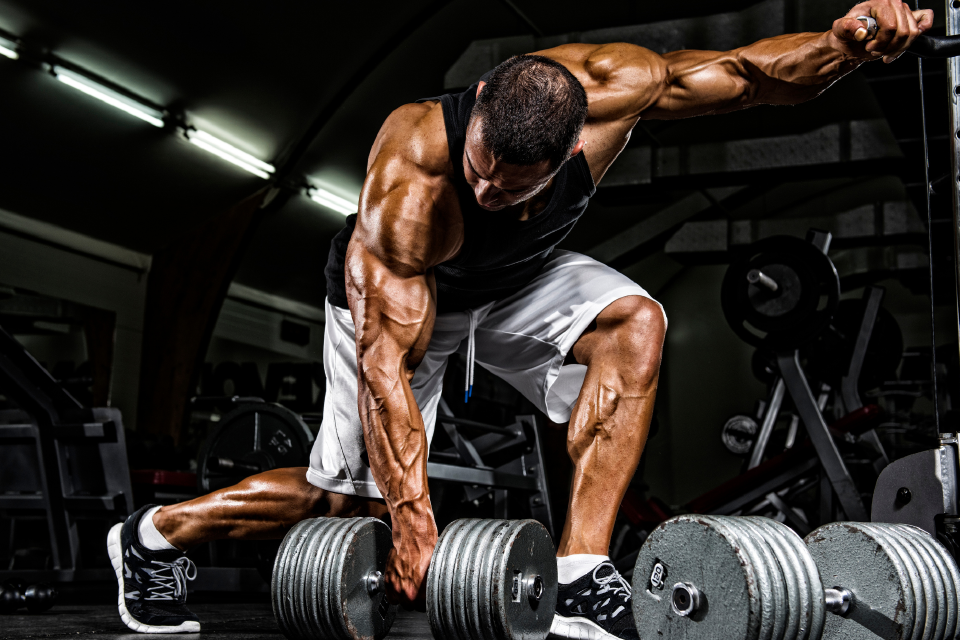
All exercises are not created equal.
In fact, your goals and mobility can drastically change the type of exercises you should perform when working out. For example, bodybuilders have a great deal of isolation training in their workout routine. Athletes tend to center their routine around compound exercises. Let’s examine the important differences.
When should I do an Isolation Exercise?
As the name suggests, isolation training is when you perform an exercise, targeting a specific muscle in isolation. For example, a strict barbell bicep curl specifically works your bicep muscle. A leg extension specifically works your quadriceps (“quads”). Isolation exercises are designed to direct more blood and the resulting pump to a very specific muscle group. Perform 8 or more isolation reps per set.
When should I do a Compound Exercise?
A compound exercise is a movement that works numerous muscle groups simultaneously. For example, barbell squats very efficiently train your glutes, hamstrings, calves, and quads, all at the same time. Pull-ups will work your biceps and a combination of back muscles.
Compound exercises require exerting a lot of energy to successfully complete the lift or set. The 5 most common compound exercises are the squat, deadlift, bench press, shoulder press, and pull-up.
Which is better?
It’s entirely dependent on your goals. However, your routine shouldn’t be 100% one or the other.
An athlete is likely best-suited to the compound movements. Within these exercises, you can easily work on explosiveness.
A bodybuilder will want to flood (engorge) specific muscle groups with blood (creating an engorged condition called hyperemia). So, isolation training is the best way to accomplish that.
Follow the 60/40 rule of thumb.
This rule dictates spending 60% of your workout routine focused on a specific lifting style.
For example, various athletes rely on different muscle groups, depending on their chosen sport. An athlete should therefore spend 60% of their workout time performing lifts that will specifically help them with their sport. The remaining 40% should then be spent on isolation.
If you’re a bodybuilder, the 60/40 rule is reversed. In that case, 60% of your time will be spent on isolation training, while 40% will be spent on compound lifts.
The reasoning behind this rule is clear. First and foremost, isolation training can complement compound lifts, which can therefore improve your strength. That will certainly help in a variety of isolation exercises. Secondly, it keeps working out fresh and exciting.
And that’s the key to long-term fitness success.
Exercise is just one piece of the puzzle.
Remember, maintaining the right repetitive movement exercise routine is just one piece of the health & fitness puzzle. The most important piece is your nutrition and supplementation.
For all athletes and bodybuilders, GAT Nitraflex Advanced is the recognized leader in Energy, Focus, Pump and Strength with its clinically studied ingredients. GAT Carbotein can be taken pre-training, during and also post-training. FLEXX EAAs + Hydration promotes vitality, hydration and recovery by providing all 9 essential amino acids (EAAs) in the clinically preferred 2:1:1 ratio.
Ultimately, your nutrition and supplementation will dictate how your body looks and how much body fat you carry. So, set the right exercise routines in your exercise program to generate the best results possible.

